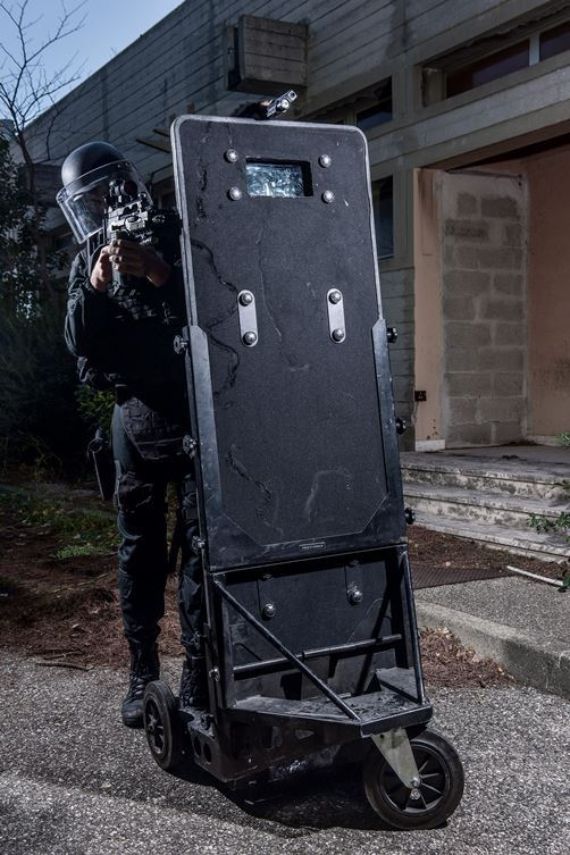Protecting Lives in High-Risk Situations

body armor, also known as ballistic vests or bulletproof vests, plays a critical role in safeguarding the lives of military personnel, law enforcement officers, and security professionals in high-risk situations. These protective garments are specifically designed to absorb and dissipate the kinetic energy of bullets and projectiles, reducing the likelihood of injury and potentially saving lives. Let’s explore the key aspects of body armor:
1. Ballistic Protection:
The primary function of body armor is to provide ballistic protection against firearms and projectiles. Modern body armor is typically constructed from layers of strong and resilient materials such as Kevlar, Dyneema, or ceramics. These materials are capable of absorbing and dispersing the energy of incoming bullets, thereby reducing the impact force and preventing penetration of the wearer’s body.
2. Stab and Spike Protection:
In addition to ballistic protection, some body armor designs also offer resistance to stab and spike threats. This is particularly important for law enforcement officers who may encounter individuals armed with knives, needles, or other sharp objects. Stab-resistant body armor incorporates additional layers of material or specialized inserts to mitigate the risk of injury from stabbing or slashing attacks.
3. Flexibility and Mobility:
Modern body armor is designed to provide a balance between protection and mobility, allowing wearers to move freely and perform their duties effectively. Flexible materials and ergonomic designs ensure that body armor molds to the contours of the wearer’s body without restricting movement. This is essential for law enforcement officers and military personnel who must navigate complex environments and engage in dynamic operations.
4. Weight and Comfort:
Body armor manufacturers strive to minimize the weight and bulk of protective vests to enhance wearer comfort and usability. Advanced materials and construction techniques enable the production of lightweight yet durable body armor solutions that offer maximum protection without causing undue strain or fatigue. Comfort features such as moisture-wicking liners and adjustable straps further enhance wearer comfort during prolonged use.
5. Certification and Standards:
Body armor is subject to rigorous testing and certification standards to ensure its effectiveness and reliability in real-world scenarios. Organizations such as the National Institute of Justice (NIJ) in the United States and the European Union’s Body Armor Standardization Association (EUBA) establish guidelines for testing and evaluating the performance of body armor against various ballistic and stab threats. Compliance with these standards ensures that body armor meets minimum requirements for protection and performance.
Conclusion:
Body armor is an indispensable piece of equipment for individuals operating in high-risk environments, providing essential protection against ballistic, stab, and spike threats. By incorporating advanced materials, ergonomic designs, and rigorous testing standards, body armor manufacturers continue to enhance the safety and effectiveness of protective vests for military, law enforcement, and security personnel worldwide.



